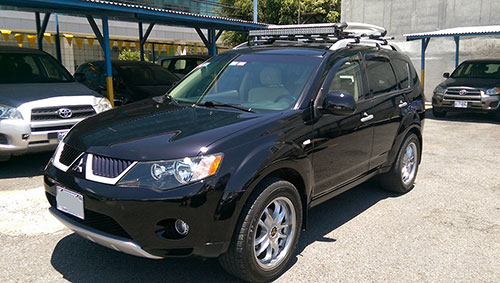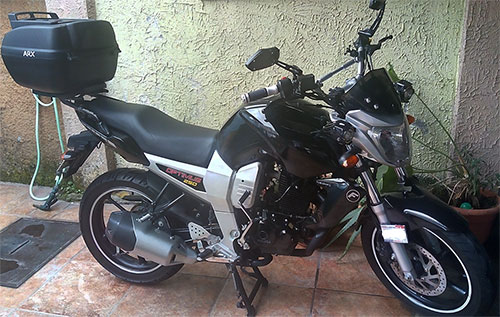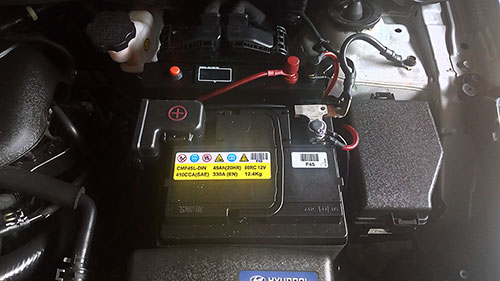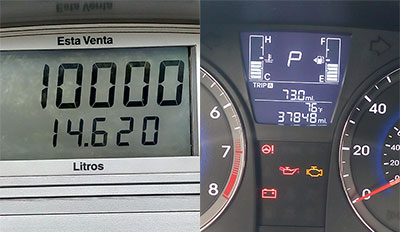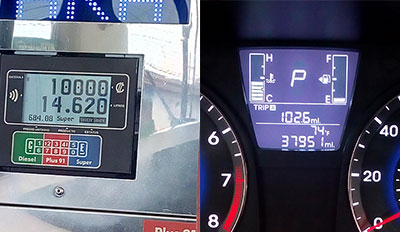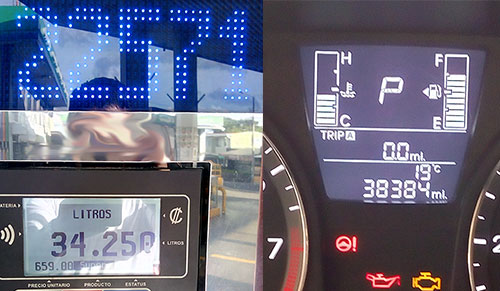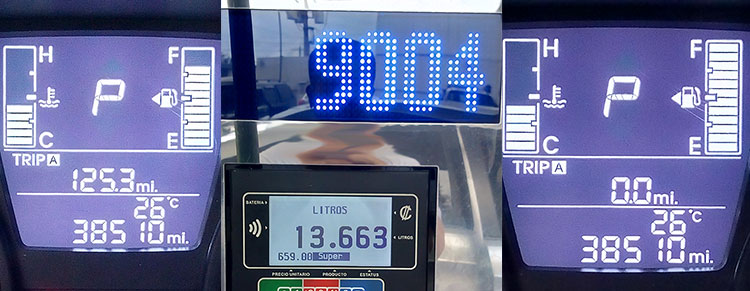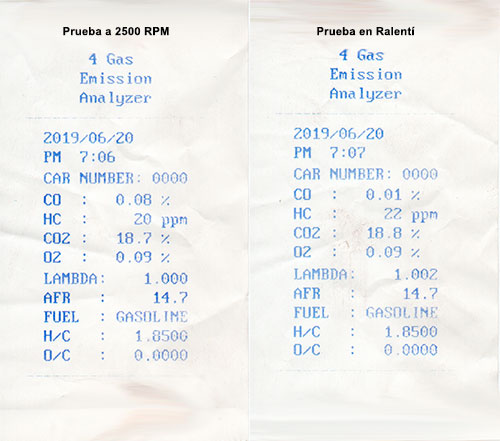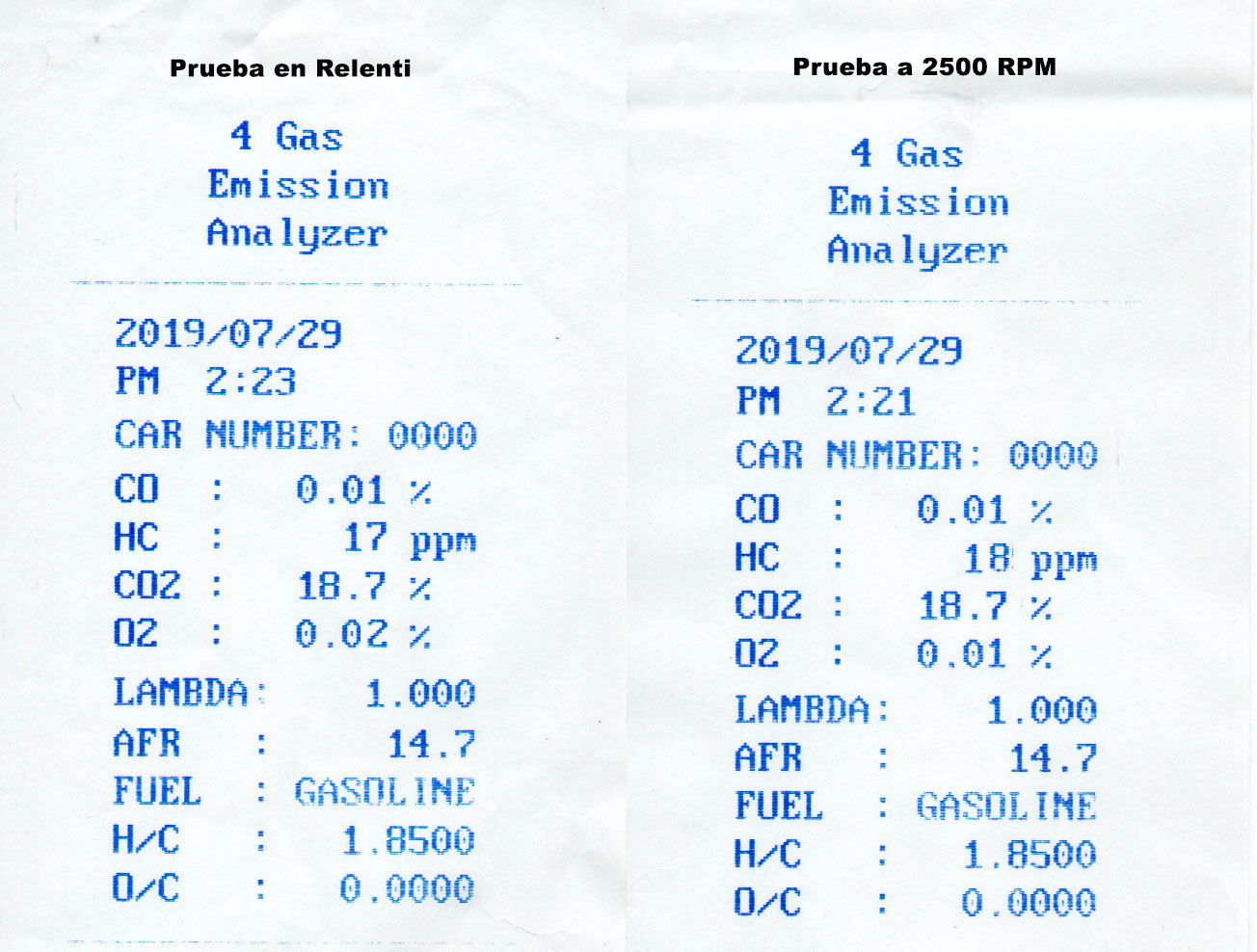OVER WHEELS: Verified Performance Across Different Vehicle Types
Our goal in presenting the results of OVER WHEELS across various vehicle models is to demonstrate both its safety and its effectiveness. The device does not interfere with the normal operation of your vehicle; rather, it enhances fuel efficiency and reduces pollutant gas emissions, contributing to environmental sustainability.
Prior to installation, all vehicles underwent a comprehensive scanner-based diagnostic evaluation to identify any existing mechanical or electronic issues. During the implementation and subsequent testing period, additional scanning procedures were performed, confirming that no error codes or faults were triggered. The OVER WHEELS device operates seamlessly with vehicles equipped with computer systems and multiple electrical sensors, remaining fully undetectable while performing its function.
Furthermore, emission tests were conducted before and after installation, demonstrating a significant reduction in pollutant gases. These results confirm that OVER WHEELS improves environmental performance while maintaining the integrity and reliability of the vehicle’s systems.
OVER WHEELS: Fuel Efficiency and Emission Results Across Multiple Vehicles
The performance of OVER WHEELS has been systematically evaluated across a variety of vehicles, from motorcycles to sedans and SUVs, with consistent results in fuel savings and emission reduction. All vehicles were analyzed with diagnostic scanners before installation to ensure mechanical and electronic integrity, and no error codes or system faults were detected during implementation.
1.Mitsubishi Outlander. Year:2009
Fuel Consumption:
Before installation: ¢35,000 for a 290 km journey
After installation: ¢35,000 for 440 km traveled
Gas Emissions:
Before installation:
GAS.COR=0.2%V HCR=81.P.P.M COA=0.1%V HCA=23 P.P.M CO2R=15%V CO2A=14%V
After installation:
EXH1 GAS COR=0.2%V HCR= 37 P.P.M CO2R=15%V LAMBR=1.00 COA=0.0%V HCA=1P.P.M CO2A=14%V LAMBA=1.14
BEFORE AND AFTER
2.Motorcycle Formula Optimus 250cc. Year: 2014
Fuel Consumption:
Before installation: ¢3,950 for 125 km
After installation: ¢2,500 for 125 km
Gas Emissions:
Before installation:
GAS.COR=1.2%V HCR=641.P.P.M COA=%V HCA= --P.P.M CO2R=3%V CO2A= --%V
After installation:
EXH1 GAS COR=0.3%V HCR= 561 P.P.M CO2R=3%V LAMBR=-- COA=%V HCA=--P.P.M CO2A=--%VLAMBA=--
Note: This mechanically simple, carbureted motorcycle showed excellent results despite lacking electronic sensors or a computer system.

3. Hyundai Accent Automatic (2016, American version)
City Driving Fuel Consumption (Average over 30 days):
Before installation: ¢10,000 (~14.62 liters) → 117.48 km traveled
After installation: ¢10,000 (~14.62 liters) → 165.12 km traveled
Highway Trip (San Pedro de Montes de Oca – Jacó Beach, round trip):
Fuel used: ¢22,571 (~34.25 liters) outbound, ¢9,004 (~13.66 liters) return
Distance traveled: 125.3 miles (~201.65 km)
Before and after
Hyundai Accent: (GAS EMISSION)
Images show clear reductions before and after installation.
MÁS MORE INFORMATION ABOUT THIS VEHICLE SOON
Volvo S60. YEAR 2007: (CONSUMPTION)
Fuel Consumption:
Before installation: ¢10,000 for 172 km
After installation: ¢10,000 for 235 km
Gas Emissions:
Before installation:
EXH1 GAS COR= - - %V HCR= 20 P.P.M CO2R=15%V LAMBR=1.01 COA= - -%V HCA=20P.P.M CO2A=15%V LAMBA=1.02
After installation:
EXH1 GAS COR= - -%V HCR= 00. P.P.M CO2R=15%V LAMBR= 0.01 COA=- - %V HCA= 1 P.P.M CO2A=14%V LAMBA=1.01
Summary:
The results confirm that OVER WHEELS significantly improves fuel efficiency while reducing harmful gas emissions across diverse vehicle types, including vehicles with modern electronic systems as well as simpler, carbureted models. These improvements demonstrate the device’s universality, reliability, and environmental contribution.
Note: All financial figures are in Costa Rican colones, as these initial tests were conducted in Costa Rica.
